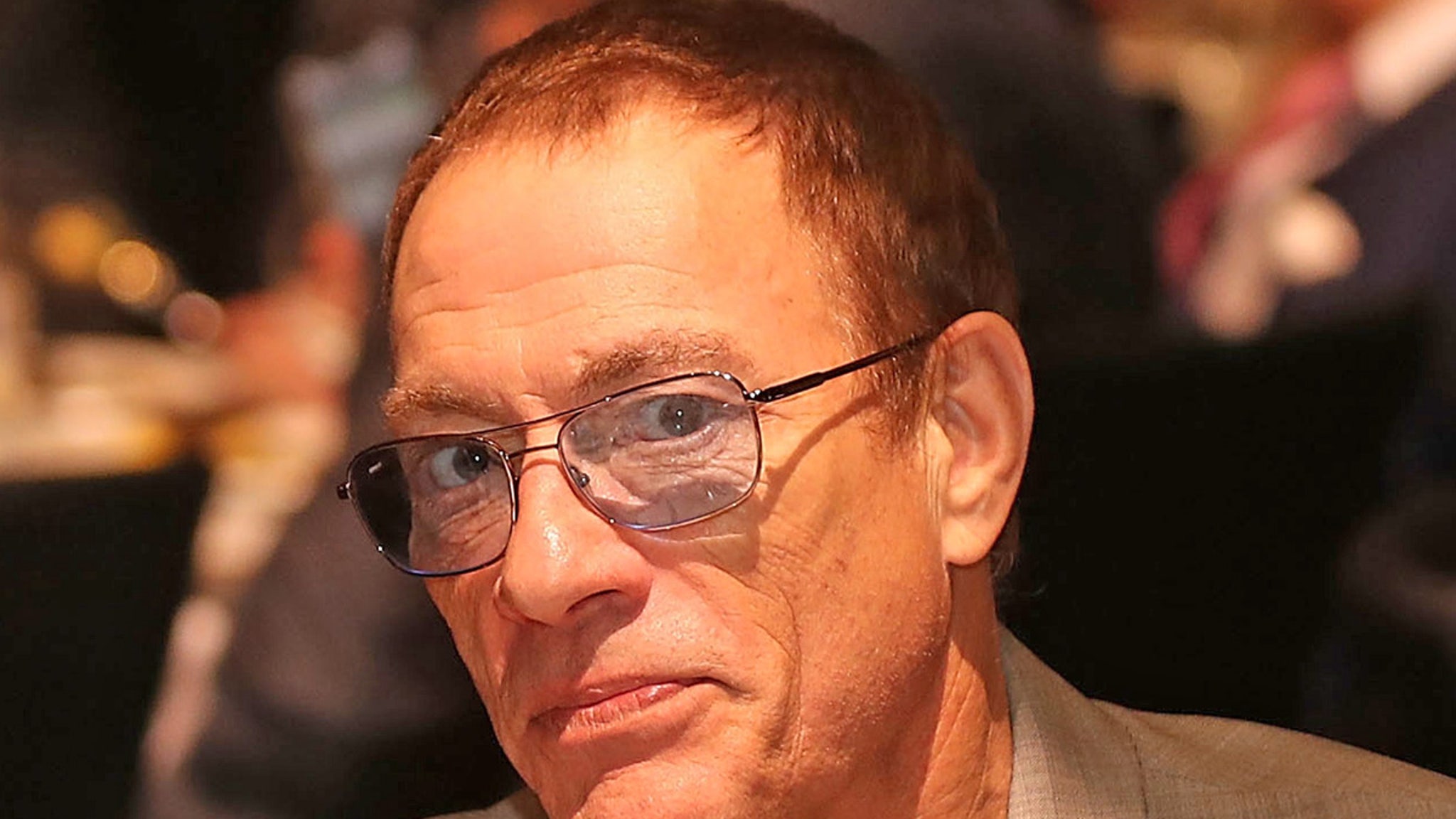This article was supported by a grant from the Fund for Investigative Journalism.
When Jarret Palmer moved to the Van Nuys neighborhood of Los Angeles four years ago, he thought he had found his dream home. But now, he’s regretting that decision.
The roar of planes from nearby Van Nuys Airport is relentless, he said, adding that he fears the pollution from one of the nation’s busiest general aviation hubs is harming his family. Three years ago, his daughter was born underweight and spent days in the neonatal intensive care unit, he said.
“It kind of makes you … wonder, … was I so determined to find a house for my child?” said Palmer, who has a 2-year-old child. He added, “Did I make the mistake of … not looking into the environment enough? … There’s definitely, like, a little bit of guilt there,” said Palmer, who also has a 2-year-old son.
Palmer is not the only resident concerned about the dangers of living near Van Nuys Airport, a major revenue generator for the city and a frequent launch point for private jets used by celebrities including Elon Musk, Floyd Mayweather Jr. and Jennifer Lopez.
In a Capital & Main survey of 80 residents who live in the airport-adjacent neighborhoods of Lake Balboa and Van Nuys, 65% of respondents said they attributed a health condition to noise and air pollution from VNY, the airport’s call letters. Nearly half of respondents said they had consulted a medical professional for what they suspected were airport-related health problems since 2020. The survey is not a representative sample, but it is an indication of anxiety among residents living near the airport. Despite their health concerns and activism at public meetings, residents said local officials have largely ignored their pleas for years.
Jarret Palmer sits in his home near the Van Nuys Airport.
Jeremy Lindenfeld
/
Capital & Main
)
“I’m sending letters and comments [to the Van Nuys Airport Citizens Advisory Council] and all that, but they don’t get it,” said Danielle Sweet, a 30-year resident of Lake Balboa. The citizen panel offers feedback to airport officials. But Sweet, who has chronic obstructive pulmonary disease, said the officials have done little to address her concerns. The disease can be caused by long-term exposure to chemicals and by tobacco use. Sweet said she is not a smoker.
“They [airport officials] don’t really care about us. They’re still making money, and it’s almost like they don’t care what they have to do to do that,” Sweet said.
Newly appointed airport manager Jacob Haik, whom some residents credit with improving the airport’s communication with its neighbors, said he is committed to ensuring that Van Nuys Airport “remains a good neighbor, while continuing to serve as a vital economic engine for the region.” Last fall, Haik told Capital & Main, “We’ve been working on all kinds of different sustainability, compliance and noise reduction plans.”
Los Angeles City Councilmember Imelda Padilla, who represents Van Nuys and Lake Balboa, said in a statement: “I remain committed to working with Los Angeles World Airports and City departments to center residents’ voices and strengthen environmental safeguards.” Padilla also pointed to the city’s efforts to update its land use plan for the airport, a process she initiated “to ensure future airport developments prioritizes community well-being,” she said in the statement.
Most health concerns reported by residents to Capital & Main were respiratory in nature, but dozens also said they linked other health problems to the airport, including skin conditions, cardiovascular problems and cancer.
Jeremy Fenske, a Lake Balboa resident of four years, said he copes with the constant smell of jet fuel in the air by keeping his windows closed at all times and having air purifiers in every room. A father of small children, he said the air quality has gotten worse since his family moved into the neighborhood. He said on one occasion his toddler son had an asthma attack that required a trip to urgent care for albuterol.
“There are flights going on at 2 a.m. or later here, and that’s the least annoying thing about the airport — it’s just the smell,” Fenske said. “It smells like raw jet fuel blowing into our neighborhood. We can’t even have parties at the house, we feel embarrassed about it.”
Fenske said that he plans to move his family out of the home this year.
Audrey Anderson, a Van Nuys resident of 14 years, said that despite being a nonsmoker, she suffers from an annoying cough and eye irritation when she is home. Those symptoms disappear when she is away at work.
Capital & Main conducted its digital survey of residents in Van Nuys and Lake Balboa last summer and fall. Reporters also canvassed door-to-door in Lake Balboa, a neighborhood of more than 26,000 residents. Van Nuys is home to more than 162,000 people.
It is difficult to draw a direct line between a particular illness and pollution at the airport, said Ed Avol, a professor of clinical medicine at the University of Southern California’s Keck School of Medicine. But he added that the airport’s neighbors are understandably concerned. “I think those [concerns] are valid and should be looked at,” added Avol, who is an expert in respiratory health and air pollution.

Danielle Sweet in her Lake Balboa home.
Jeremy Lindenfeld
/
Capital & Main
)
A 2016 study found that those who live near the 12 largest airports in California suffered from higher rates of respiratory and heart disease and visited emergency rooms at higher rates. A 2021 study linked increased brain cancer risk to exposure to airport-related ultrafine particles near Los Angeles International Airport, which is also operated by Los Angeles World Airports.
Children born in hospitals near Van Nuys Airport have a higher-than-average rate of low birth weights, according to the California Environmental Protection Agency’s Office of Environmental Health Hazard Assessment. The children who live in Lake Balboa, the community immediately west of Van Nuys Airport, are in the 90th percentile of lead exposure statewide, Cal EPA reported.
Van Nuys Airport ranks as the second-largest producer of lead emissions among airports statewide, according to the U.S. Environmental Protection Agency’s 2017 National Emissions Inventory. Children under the age of 6 are especially vulnerable to lead exposure, which can slow their development and contribute to learning, behavior and speech problems.
But Van Nuys Airport is also an economic powerhouse for the city, generating more than $2 billion in business revenues annually and more than 10,000 jobs for the local economy. L.A. City Councilmember Nithya Raman, whose district includes parts of Van Nuys, Encino and Sherman Oaks, described the community members’ battles with the airport as a “David versus Goliath situation.”
“The economic impacts and benefits of these airports for this region are really enormous, and a lot of the time, for people in leadership, that outweighs considerations of the impacts that they’re having on local communities,” Raman said.
The challenge of addressing the effect of the airport on the surrounding community became clear last year when a Los Angeles City Council committee voted to block the construction of a new hangar at Van Nuys Airport in response to residents’ concerns, only to later reverse its decision. The initial vote was met with stiff opposition from the aviation industry, as well as from federal regulators, who threatened to withhold grant funding. Mayor Karen Bass ultimately argued that rejecting the lease would result in the loss of hundreds of millions in federal dollars, the Los Angeles Times reported.
Raman joined the majority in voting to both approve the lease and to settle a lawsuit filed against the city by Bonseph Helinet LLC, the helicopter joint venture that had proposed the new hangar at the airport.

Palmer views a plane above his Van Nuys home.
Jeremy Lindenfeld
/
Capital & Main
)
Van Nuys Airport’s economic importance is not the only challenge for residents. City and federal agencies share oversight authority over the airport, but none wields absolute control over its operations. In some cases, gaps in oversight exist.
For example, the U.S. Environmental Protection Agency establishes air quality standards nationwide under the Clean Air Act, but neither of the local agencies charged with enforcing these standards — the California Air Resources Board or the South Coast Air Quality Management District — have jurisdiction over aircraft emissions.
“They don’t have the authority to tell a particular airport that you need to shut down because your emissions are too high or that you cannot operate because you don’t meet our emission standards, because those airports are outside their jurisdiction,” said Yifang Zhu, a professor in the University of California, Los Angeles’ Department of Health Sciences who researches air pollution and climate change. “Those emission sources are under EPA’s purview but their hands are tied because this is also FAA-involved.”
The Federal Aviation Administration provides millions of dollars in grant funds for improvements at airports across the country, including Van Nuys Airport.
That said, it is not impossible for city officials to push back against polluting airports. After a decades of local protest and litigation, city and federal regulators agreed to close the Santa Monica Airport in 2028.
“If someone really wants to work on it, there are ways to do it,” Zhu said. “It’s just that you have to see it as a priority. And I don’t think they [governmental bodies] are seeing it as a priority at this point.”
Frustrated advocacy groups have turned to the courts, successfully suing companies at Van Nuys and other airports that provide fueling and maintenance for private planes that use leaded fuel.
In 2014, companies at 23 California airports settled with the Oakland-based Center for Environmental Health over alleged violations of Proposition 65, which mandated warnings for carcinogen exposure. The settlement also required the companies to switch to unleaded fuel once an alternative was available. Late last year, the center filed a motion in Alameda County Superior Court alleging that the companies had not complied with the agreement.
Meanwhile, the volume of air traffic at Van Nuys continues to trend upward. Between 2012 and 2022, the airport averaged more than 249,000 takeoffs and landings annually, according to Los Angeles World Airports. Former Van Nuys Airport manager Paul Herrera told Aviation Week in April 2024 that the number of such operations had reached nearly 328,000.
“It sounds like they’re dive-bombing us,” said Kern Konwiser, a Van Nuys resident of nine years. “It’s certainly a heightened anxiety and persistent level of stress.”
Vani Sanganeria contributed to the reporting of this article.
All photos by Jeremy Lindenfeld.
Copyright 2025 Capital & Main.

















